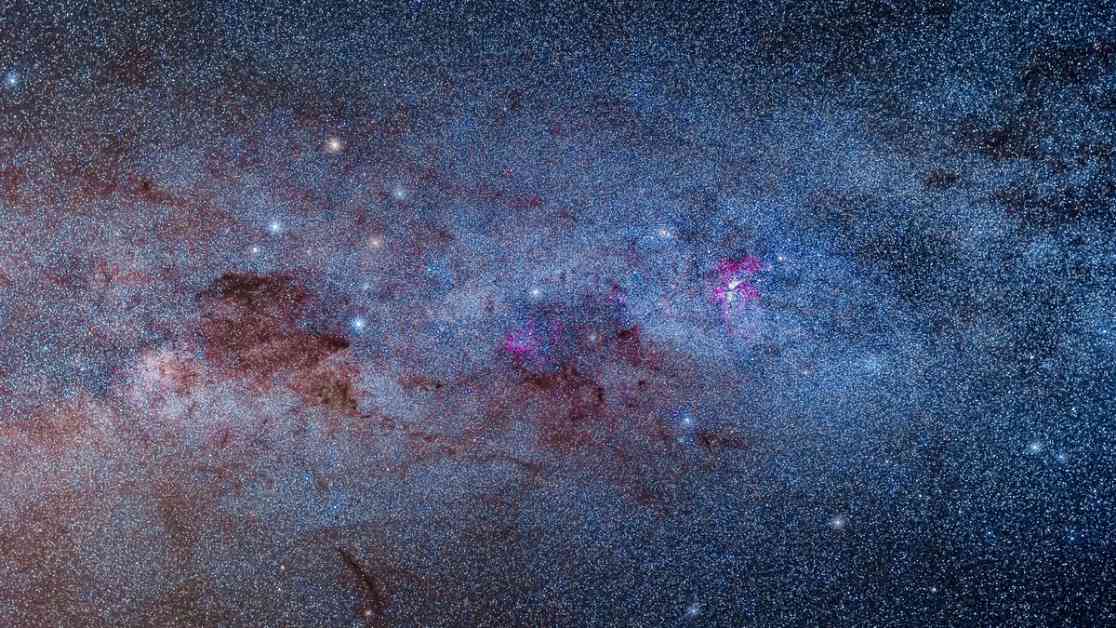The universe we live in may be much larger than previously thought, according to a new study. Researchers have discovered that the Milky Way, along with the surrounding intergalactic supercluster, could be part of a much larger basin of attraction (BOA) that is up to 10 times bigger than our current understanding. This new insight comes from analyzing the movements of over 56,000 galaxies to create a 3D map of the BOAs surrounding our home galaxy.
The known layers of the universe include the Local Group, the Virgo Cluster, the Virgo Supercluster, and Lani?kea, which was first discovered in 2014 and spans approximately 500 million light-years across. The new study reveals the existence of the Shapley Concentration, a larger BOA that could potentially contain the Milky Way. This finding challenges previous beliefs about the structure of the universe and our place within it.
The uncertainty in identifying the Milky Way’s location within the Shapley Concentration is attributed to measurement errors in galaxy speeds and the presence of dark matter, which exerts gravitational effects across vast regions of space. The researchers estimate a 60% chance that the Milky Way is part of this newly identified structure, raising questions about the existence of Lani?kea as a separate entity.
The 3D map created by the researchers highlights at least 15 different BOAs, including the Sloan Great Wall, which stretches over 1.4 billion light-years. While this map provides valuable insights into the cosmic landscape, it also suggests that our current surveys may not be extensive enough to capture the full extent of these immense structures. The discovery presents a challenge to astronomers in mapping the universe’s vast cosmic neighborhood.
As we continue to explore the mysteries of the universe, the new findings shed light on the interconnectedness and scale of cosmic structures beyond our Milky Way. The researchers emphasize the need for larger cosmic surveys to fully comprehend the complexity and magnitude of the cosmic web. This discovery opens up new possibilities for understanding the universe’s grand design and our place within it.










